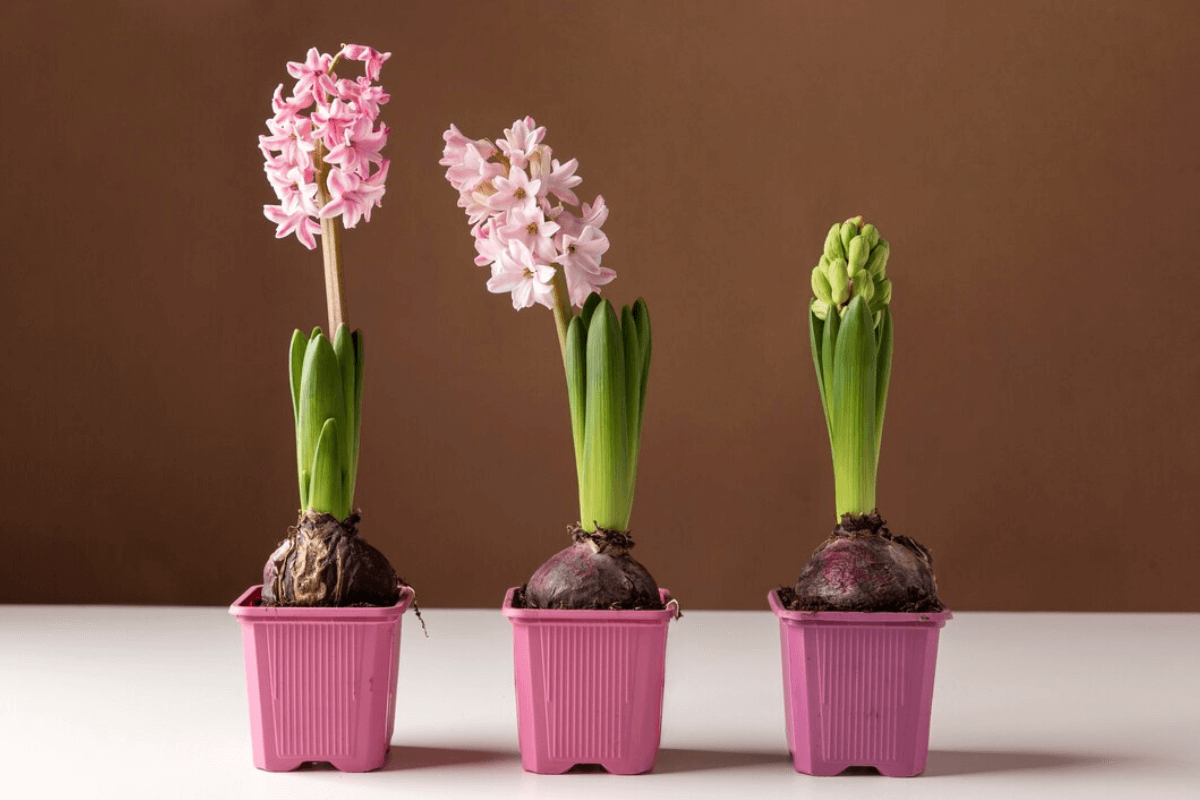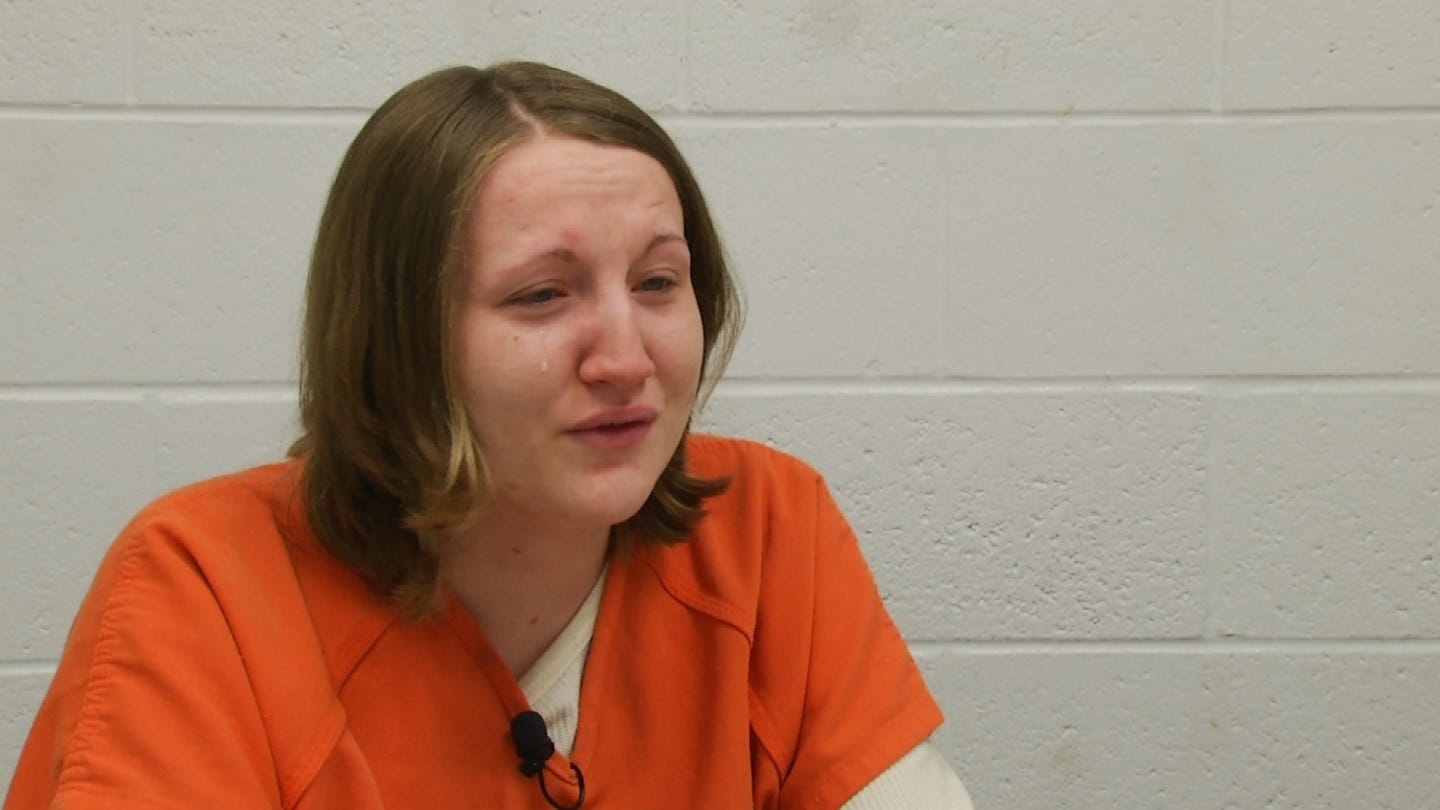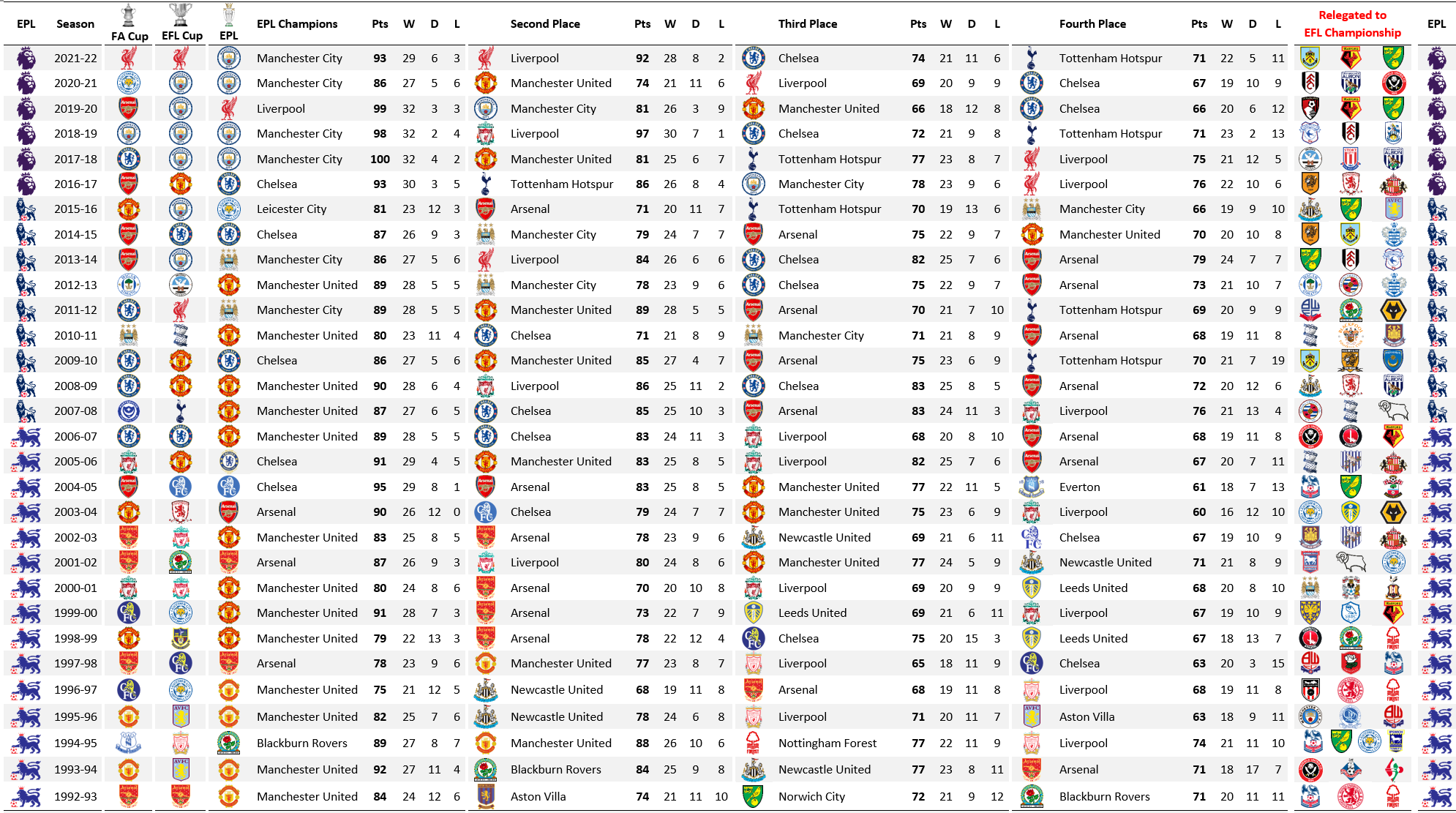The Best Time To Plant Hyacinth Bulbs For Stunning Flowers

Table of Contents
Understanding Hyacinth Bulb Planting Seasons
Fall Planting for Spring Blooms
The most common and generally recommended time for planting hyacinth bulbs is in the fall. This allows the bulbs sufficient time to establish a strong root system before winter's chill sets in. This process is vital for robust spring flowering.
- Ideal Temperature Ranges for Planting: Aim for soil temperatures between 45-55°F (7-13°C). Avoid planting when the ground is frozen.
- Specific Months for Planting in Different Climate Zones: The ideal planting time varies depending on your USDA hardiness zone. Generally, planting occurs from September to November in zones 6-8, and slightly earlier in warmer zones. Check your local frost dates for the most accurate planting window.
- Benefits of Pre-chilling Bulbs Before Planting: While not strictly necessary in most zones, pre-chilling bulbs for several weeks in a refrigerator (around 35-40°F) can promote earlier and more vigorous flowering, especially in warmer areas.
Alternative Planting Times (for specific climates/methods)
While fall planting is ideal, alternative methods exist. Early spring planting might be successful in warmer climates (zones 8-10), but the blooming may be slightly less vigorous. Forcing hyacinth bulbs indoors allows you to enjoy hyacinth flowers much earlier, but requires specific techniques.
- Specific Climates Where Alternative Planting May Be Successful: Warmer climates with mild winters may allow for early spring planting, however, fall planting is generally preferred.
- Techniques for Successful Indoor/Early Spring Planting: Forcing bulbs indoors involves chilling them in a cool, dark place for several weeks before planting in pots with well-draining potting mix.
- Potential Challenges and Considerations: Early spring planting might yield fewer blooms, and successful indoor forcing requires careful attention to temperature and moisture levels.
Factors Affecting the Optimal Planting Time
Climate and Hardiness Zones
Your climate and USDA hardiness zone are paramount in determining the best planting time for hyacinth bulbs. Hardiness zones categorize regions based on average annual minimum temperatures, directly impacting the success of planting.
- How Different Zones Affect Planting Schedules: Colder zones (e.g., Zone 3) require earlier fall planting to allow sufficient root growth before winter, while warmer zones (e.g., Zone 9) can tolerate later planting.
- Links to Resources for Determining Your Hardiness Zone: The USDA Plant Hardiness Zone Map is an excellent resource to find your zone ([link to USDA map]).
- Examples of Planting Timelines for Different Zones: Zone 6: September-October; Zone 7: October-November; Zone 8: November-December (or early spring).
Soil Temperature
Soil temperature is crucial for successful hyacinth bulb root development. Cold soil hinders root growth, delaying flowering or even preventing blooming altogether.
- How to Check Soil Temperature: Use a soil thermometer to measure the temperature a few inches below the surface.
- The Impact of Cold Soil on Bulb Growth: Planting in frozen or very cold soil can damage the bulbs, leading to rot or poor growth.
- The Relationship Between Air Temperature and Soil Temperature: Soil temperature lags behind air temperature, meaning even if the air is cool, the soil might still be too warm or too cold for optimal planting.
Preparing Your Hyacinth Bulbs and Planting Location
Choosing Healthy Bulbs
Selecting high-quality hyacinth bulbs is vital for abundant blooms. Examine the bulbs carefully before planting.
- Characteristics of Healthy Hyacinth Bulbs: Look for firm, plump bulbs with no signs of damage, mold, or soft spots. The basal plate (bottom) should be firm and undamaged.
- Where to Purchase Quality Bulbs: Reputable garden centers and online retailers often offer high-quality hyacinth bulbs.
- How to Store Bulbs Before Planting: Store bulbs in a cool, dry, and well-ventilated place until planting time.
Ideal Planting Location and Soil Preparation
Hyacinth bulbs thrive in well-drained, fertile soil in a location with adequate sunlight.
- Soil Type Recommendations: Amend heavy clay soils with compost or other organic matter to improve drainage.
- Sunlight Requirements: Hyacinths prefer locations with full sun to partial shade. At least six hours of sunlight per day is ideal.
- Preparing the Planting Area: Till the soil to a depth of about 8-10 inches, removing any rocks or debris. Incorporate compost or other organic matter to enrich the soil.
Conclusion
Planting hyacinth bulbs at the optimal time is key to achieving a stunning spring display of vibrant flowers and delightful fragrance. Fall planting, guided by your hardiness zone and soil temperature, is generally recommended. Choosing healthy bulbs and preparing the planting location correctly further enhances your chances of success. Get started on your hyacinth planting journey today! Ensure stunning hyacinth flowers by following our guide! Find the best time to plant hyacinth bulbs for your region! Plant your hyacinth bulbs this fall for breathtaking spring blooms!

Featured Posts
-
 Six Year Olds Disappearance Mother Convicted Of Organ Trafficking
May 29, 2025
Six Year Olds Disappearance Mother Convicted Of Organ Trafficking
May 29, 2025 -
 Russias Economy Under Putin A Focus On War
May 29, 2025
Russias Economy Under Putin A Focus On War
May 29, 2025 -
 Nike Air Force 1 Low Pink Foam Hf 2014 600 Release Date And Where To Buy
May 29, 2025
Nike Air Force 1 Low Pink Foam Hf 2014 600 Release Date And Where To Buy
May 29, 2025 -
 Second Suspect In Custody Following New York Crypto Kidnapping
May 29, 2025
Second Suspect In Custody Following New York Crypto Kidnapping
May 29, 2025 -
 Liverpools Premier League History When Was Their Last Top Flight Finish
May 29, 2025
Liverpools Premier League History When Was Their Last Top Flight Finish
May 29, 2025
